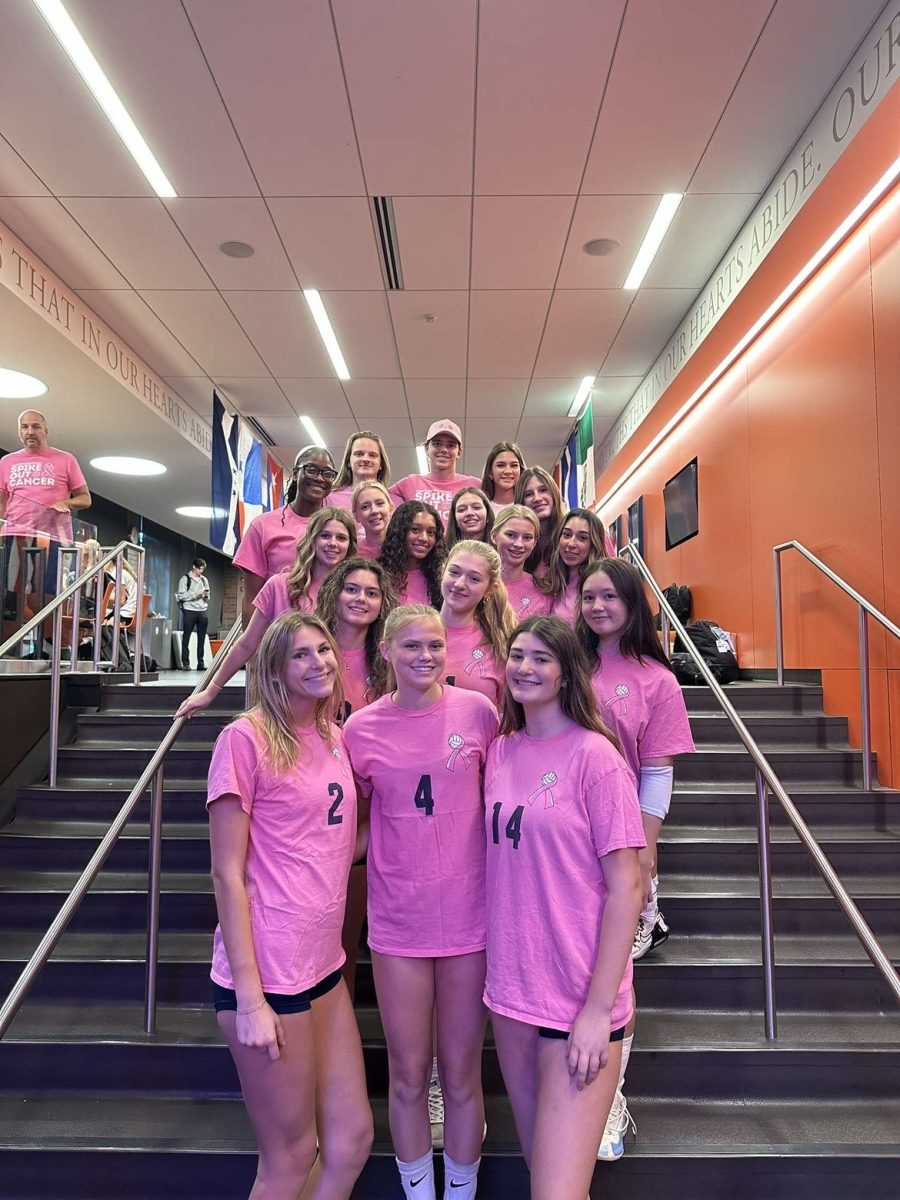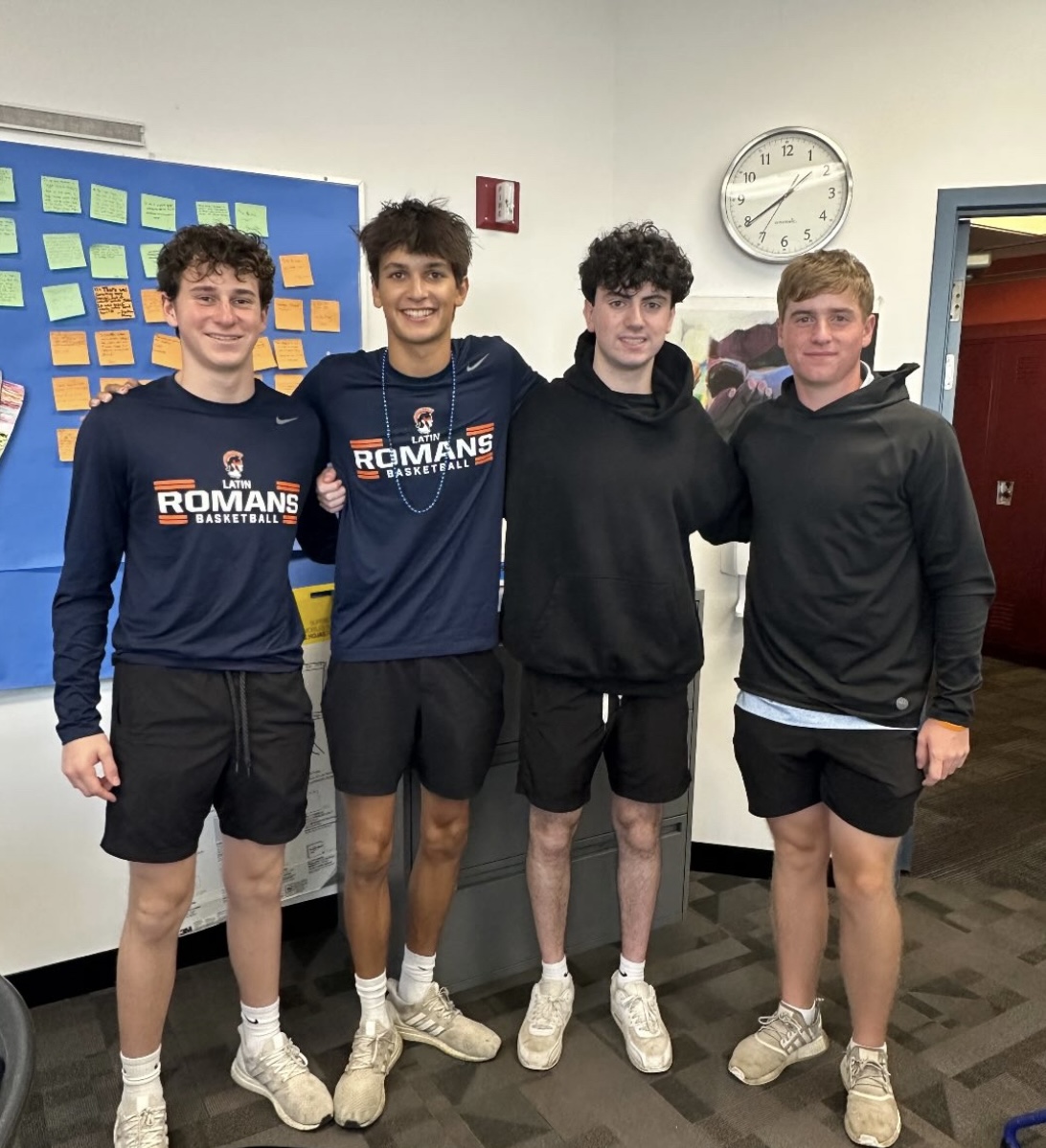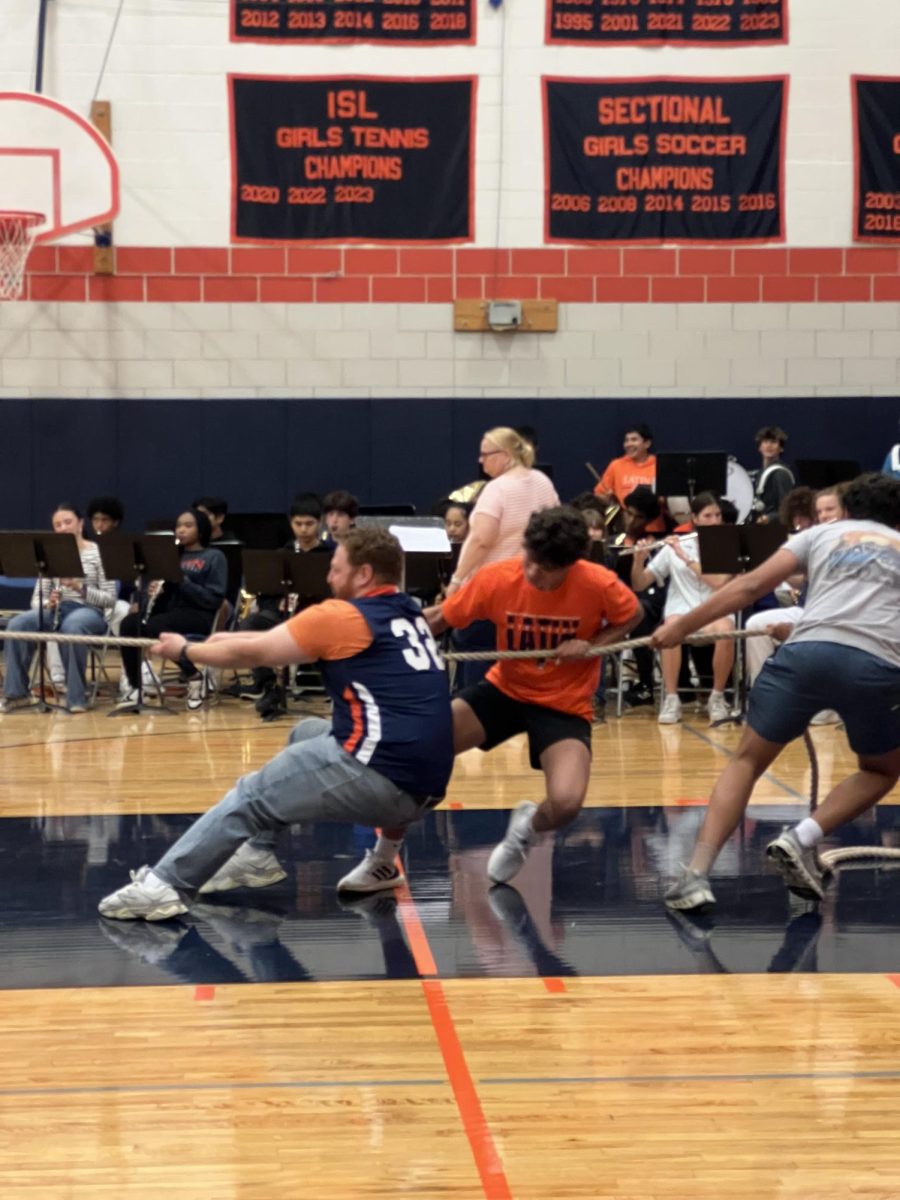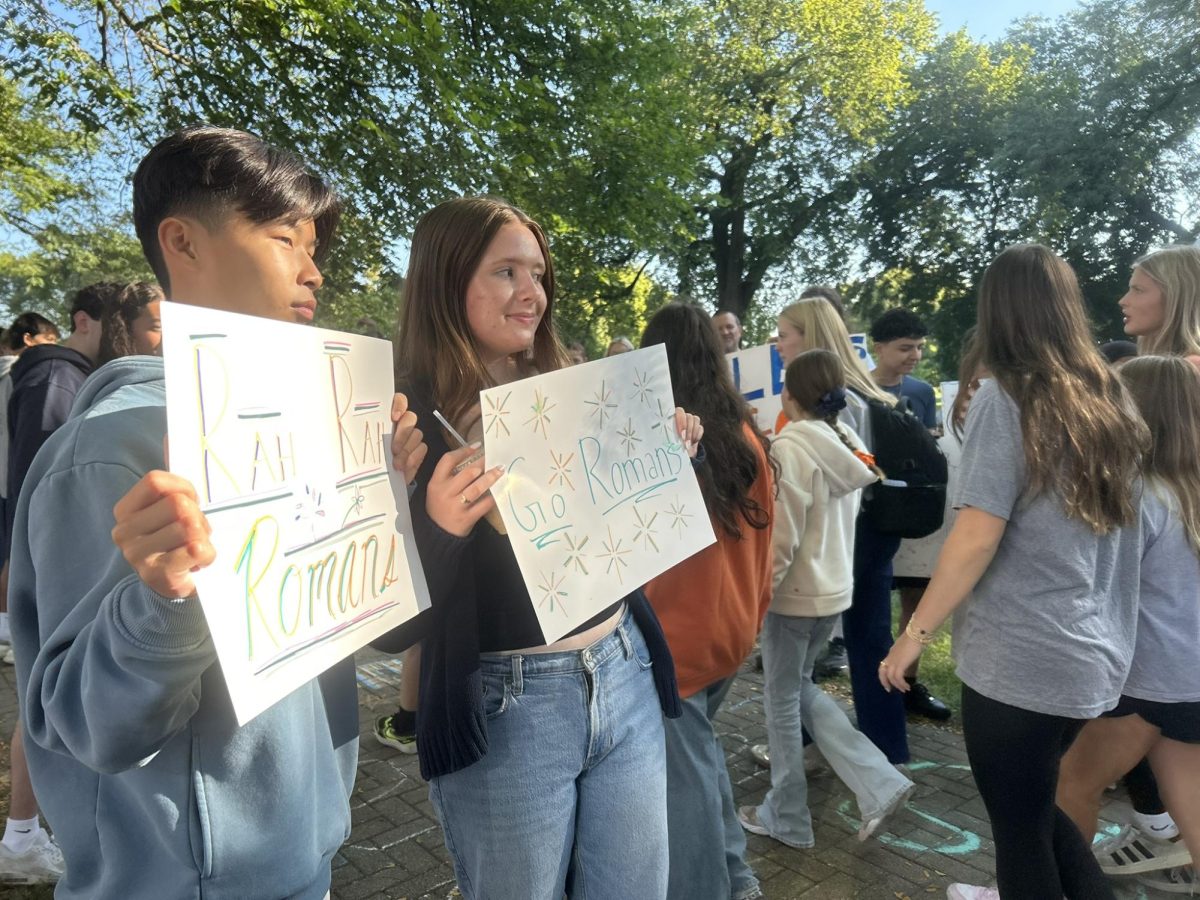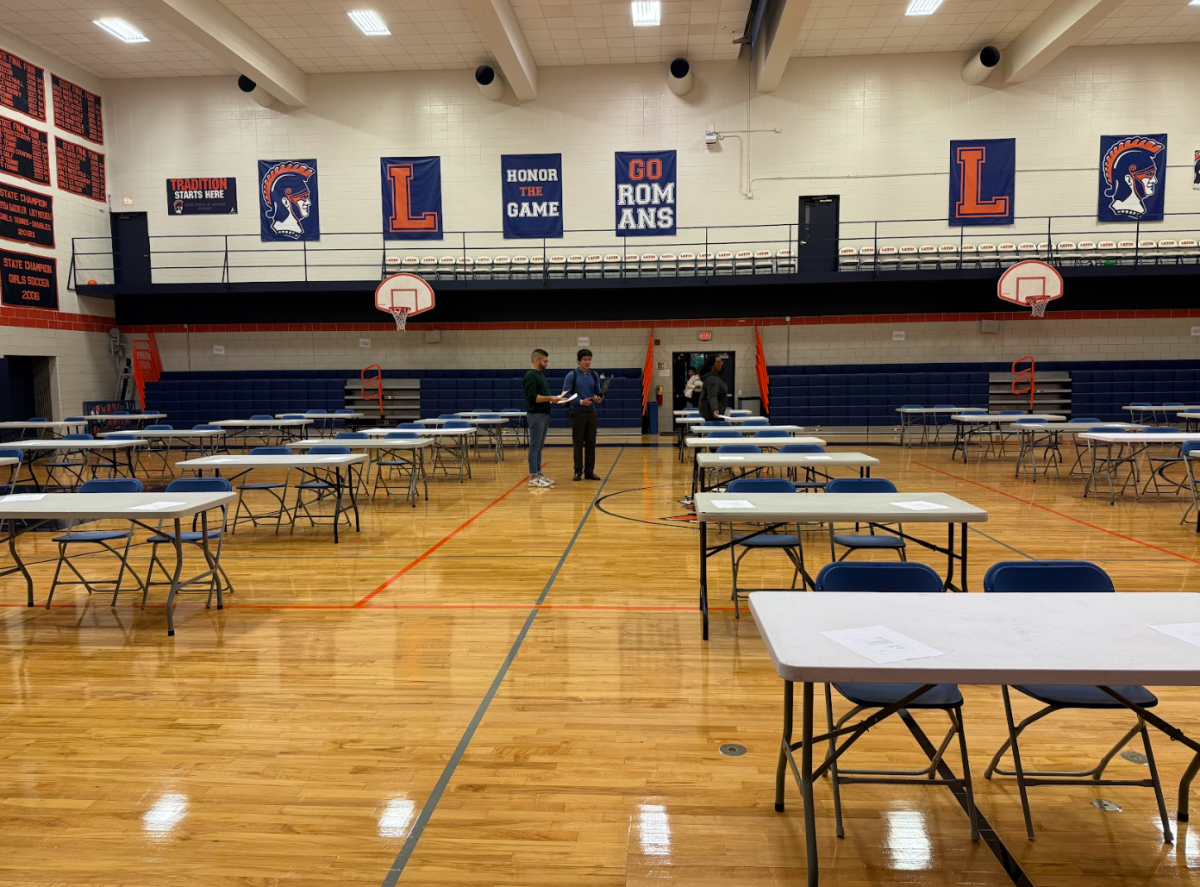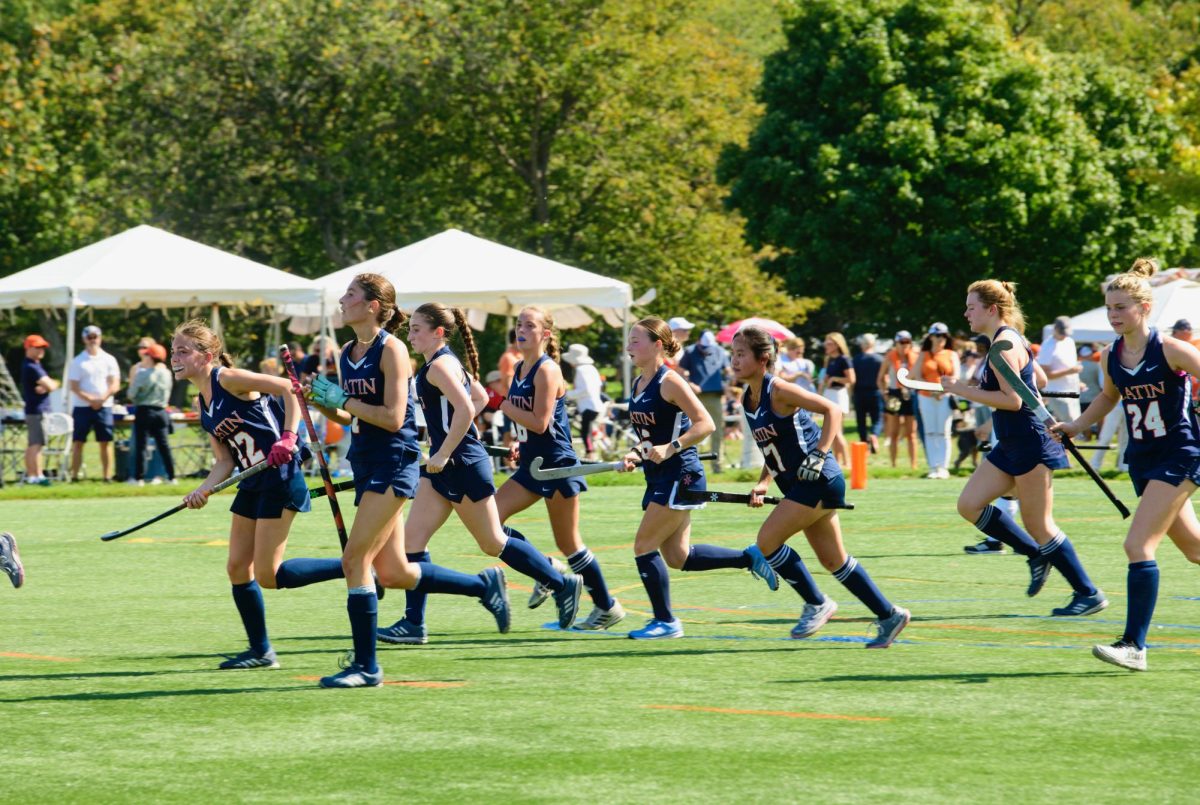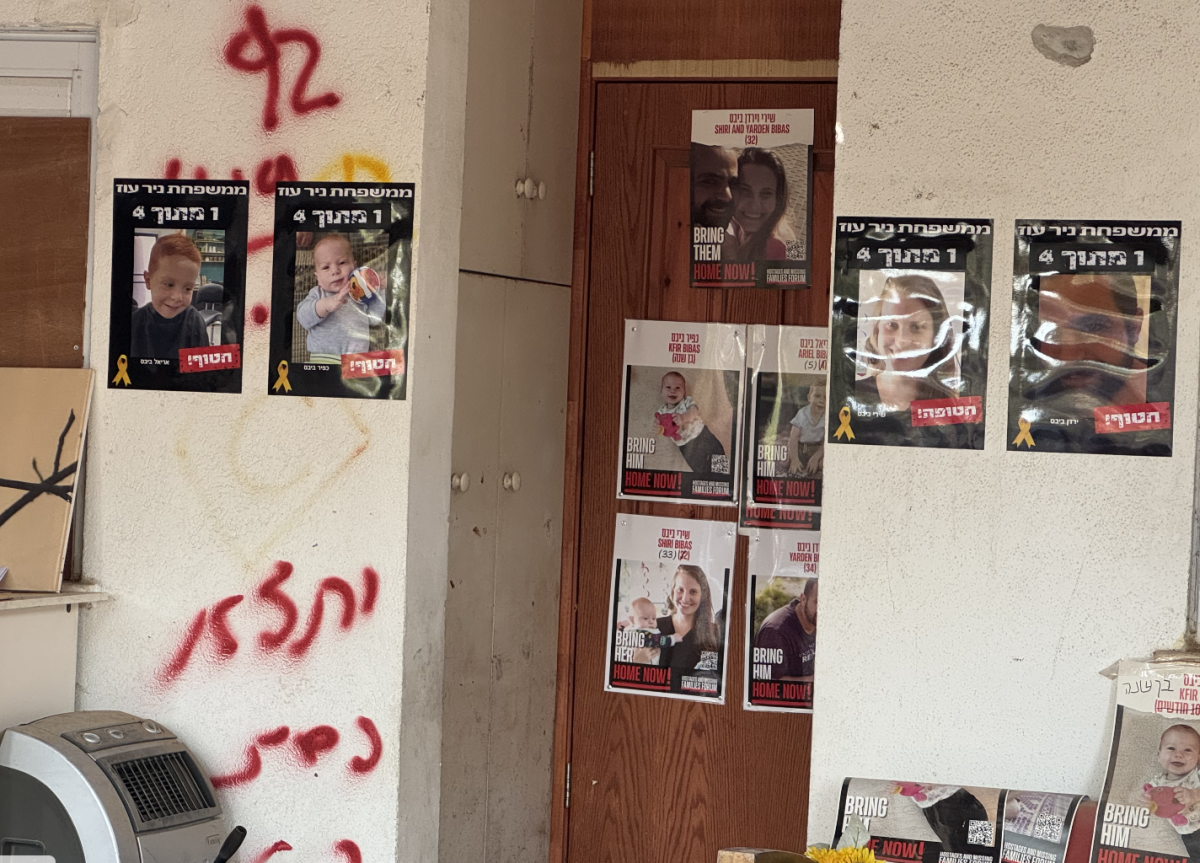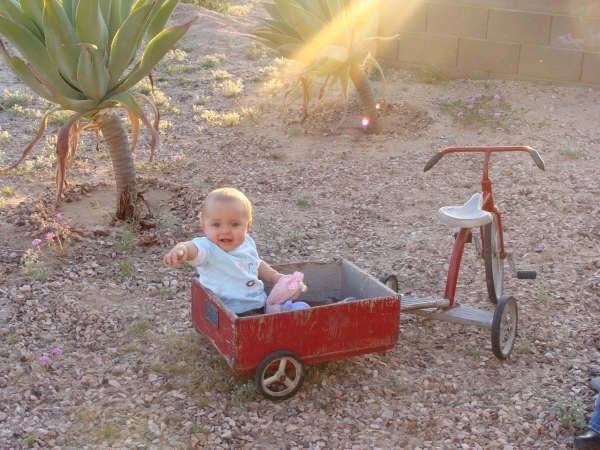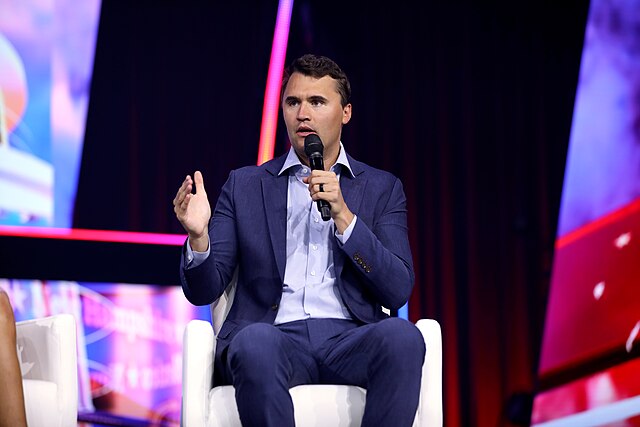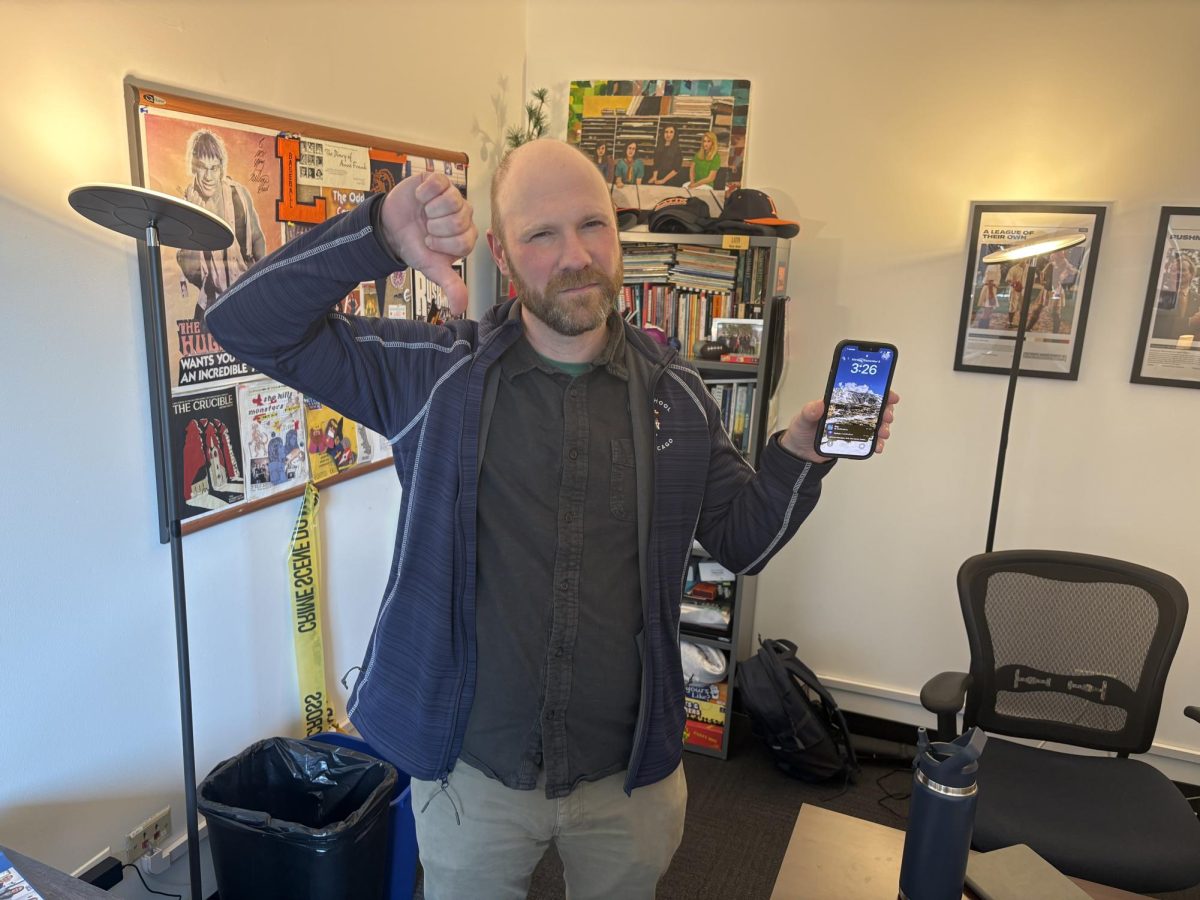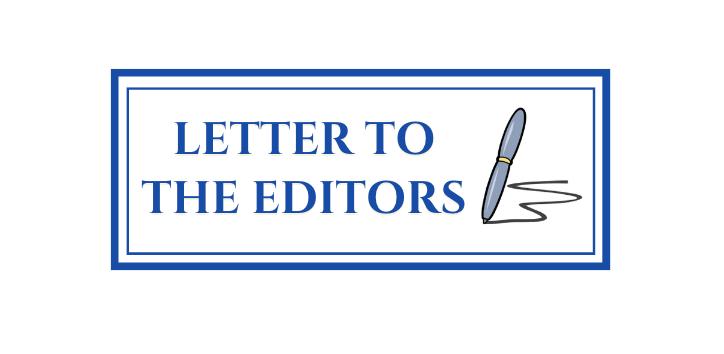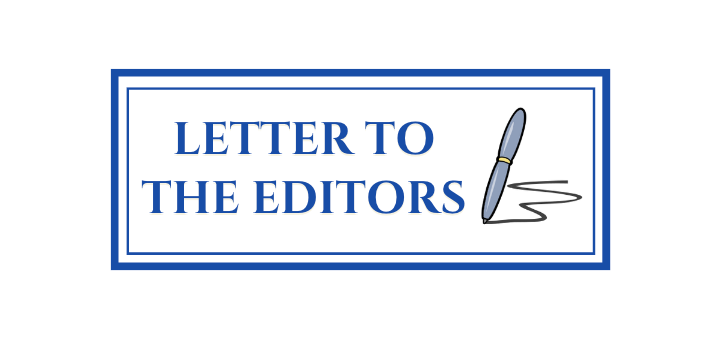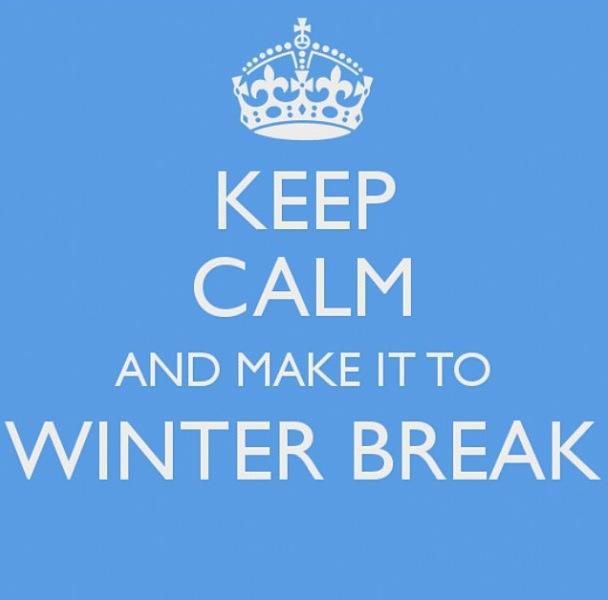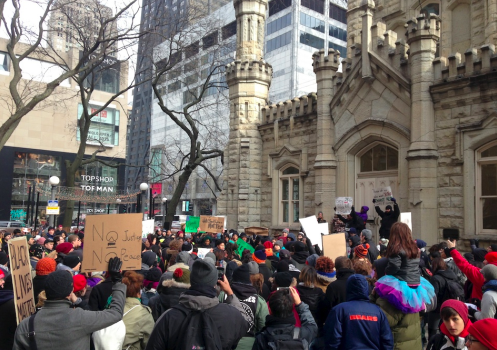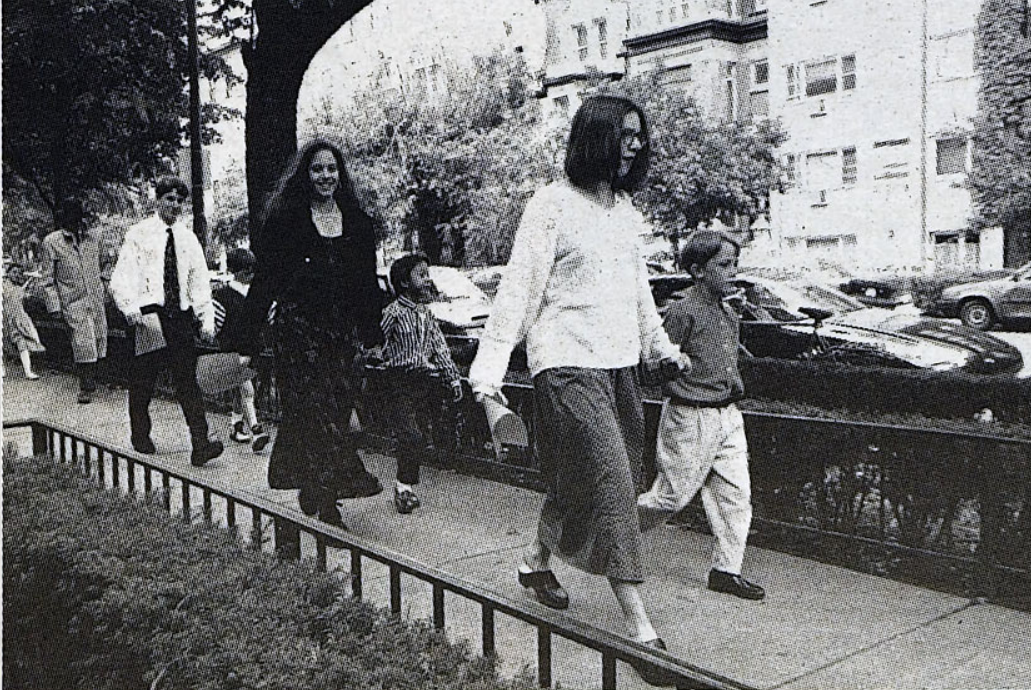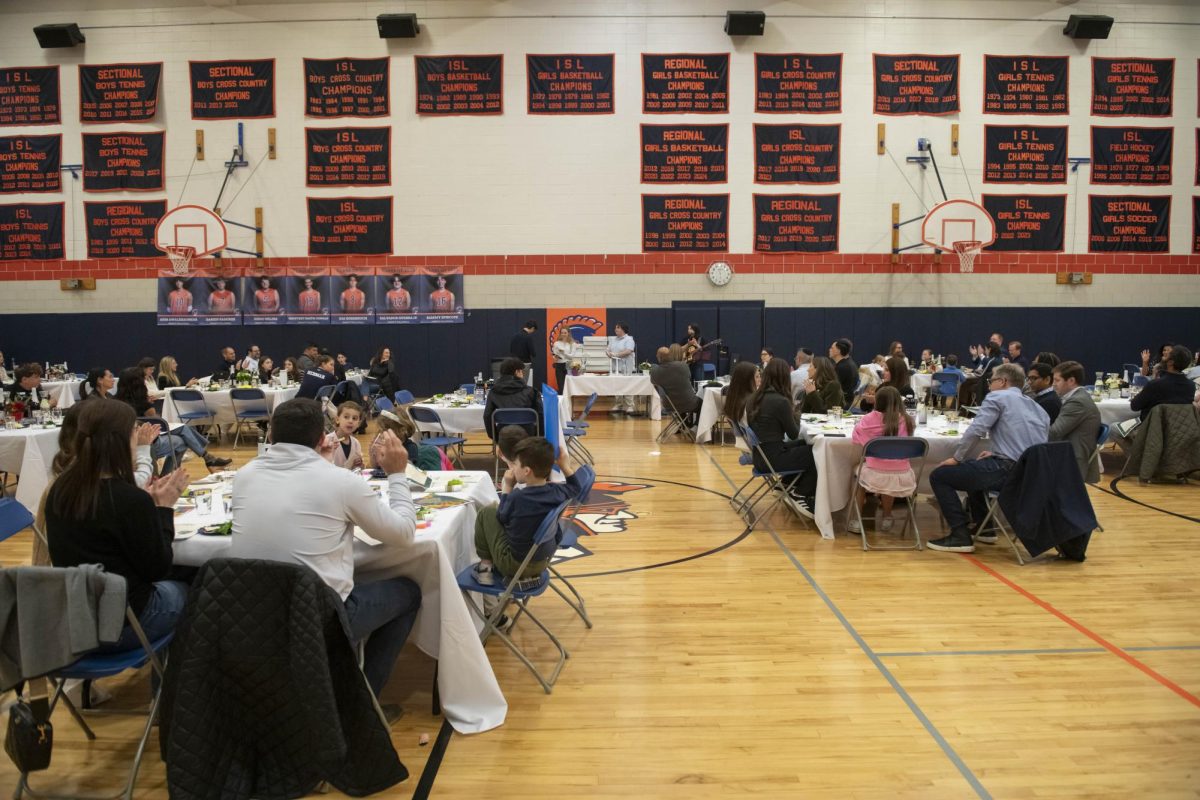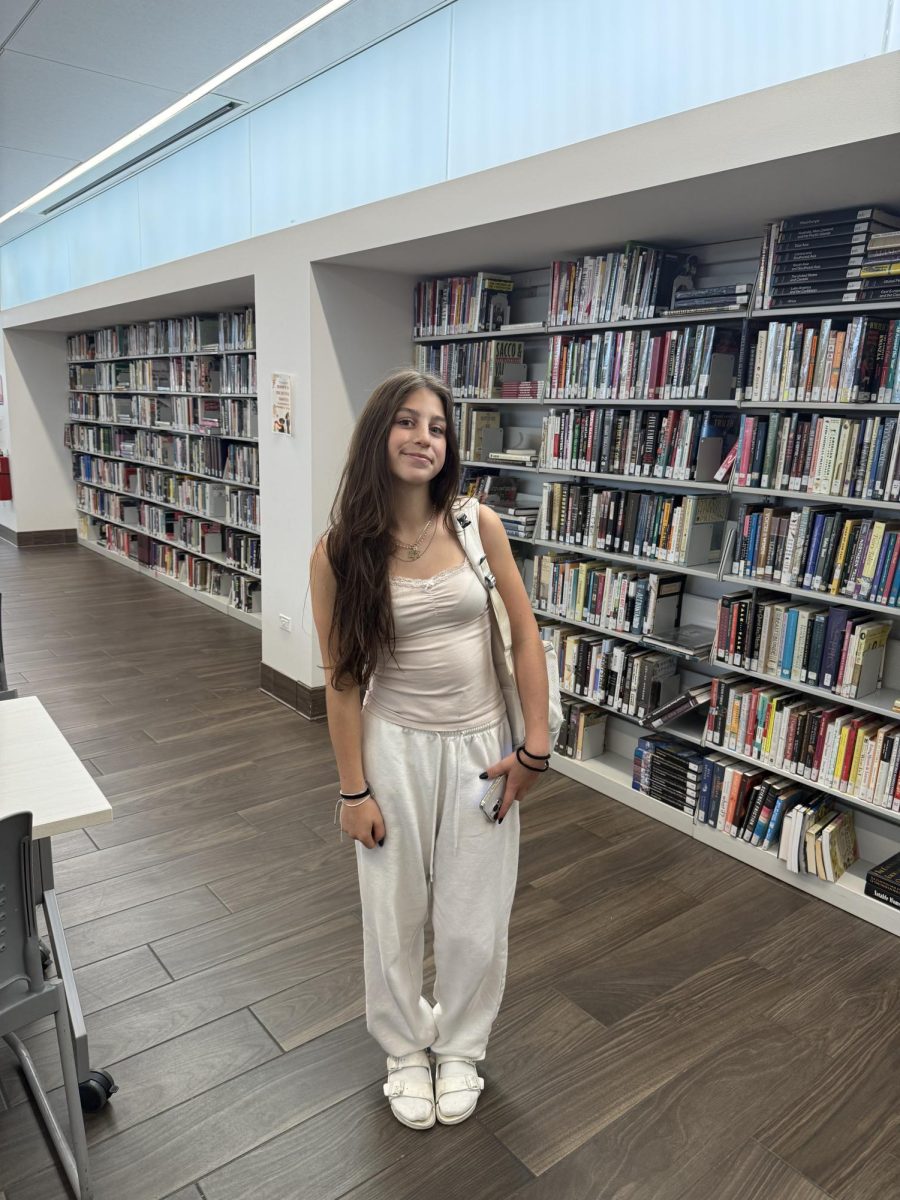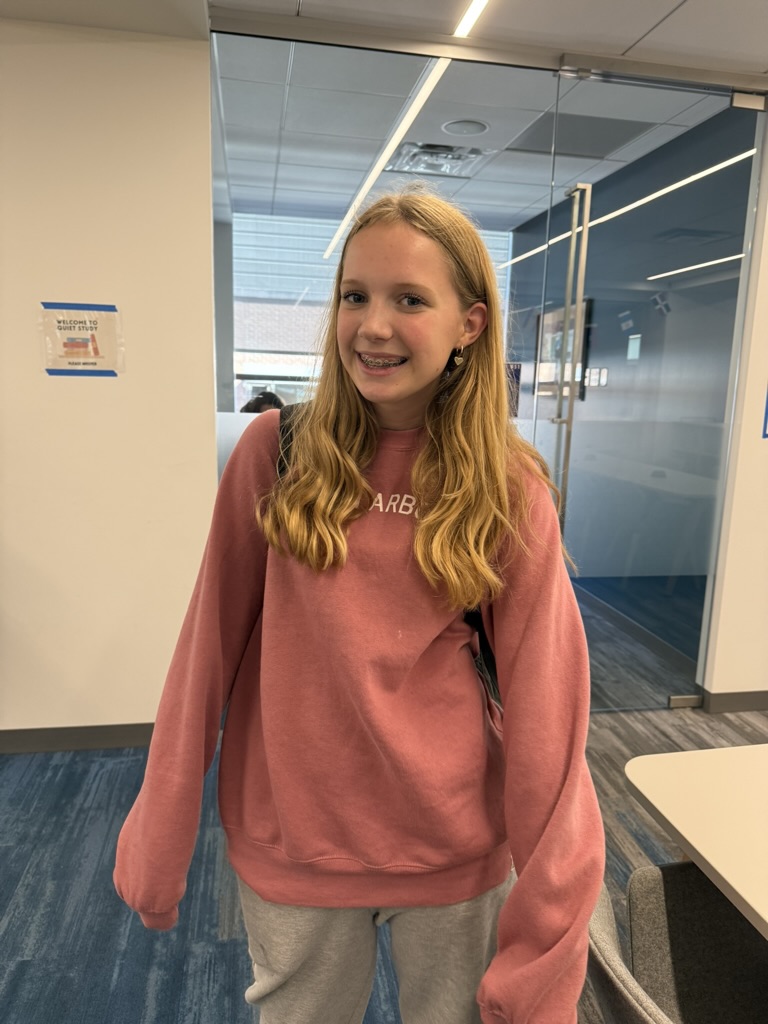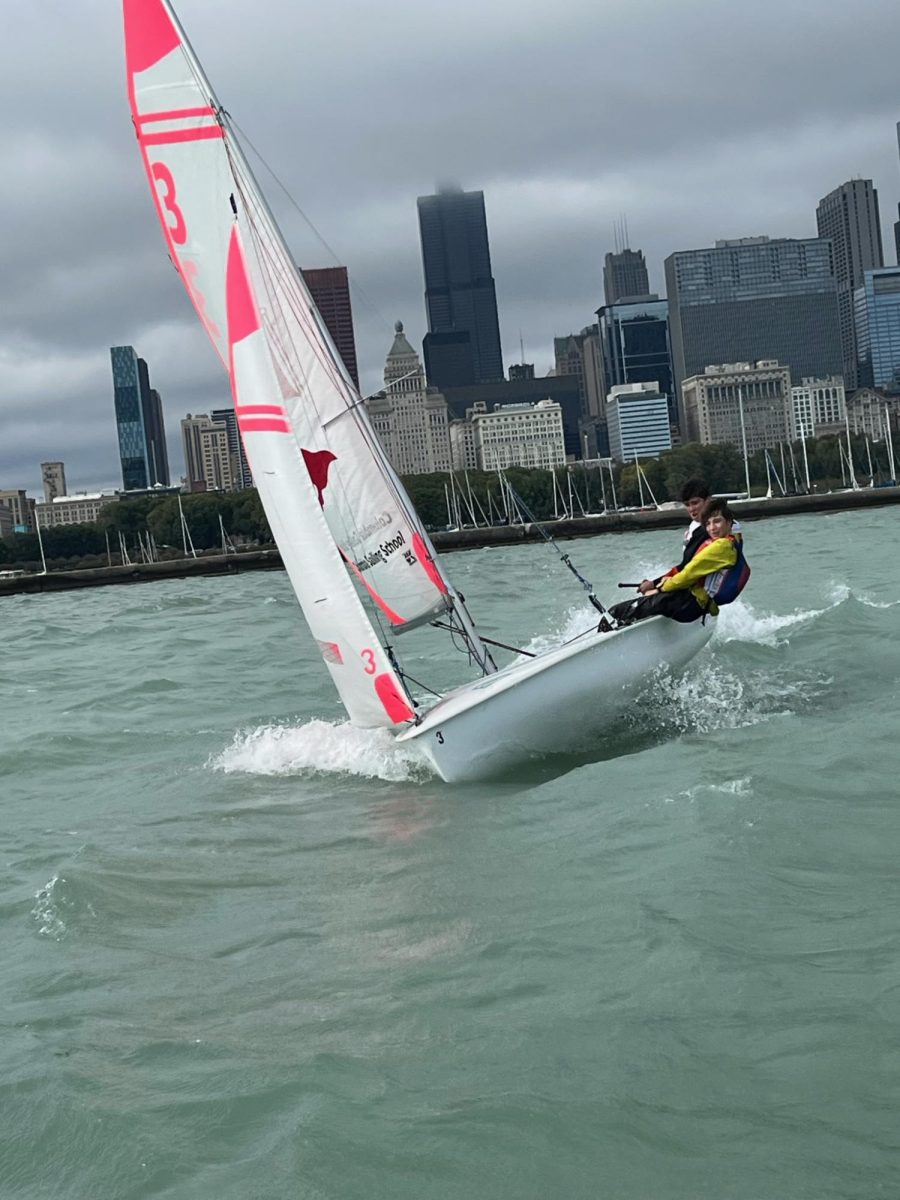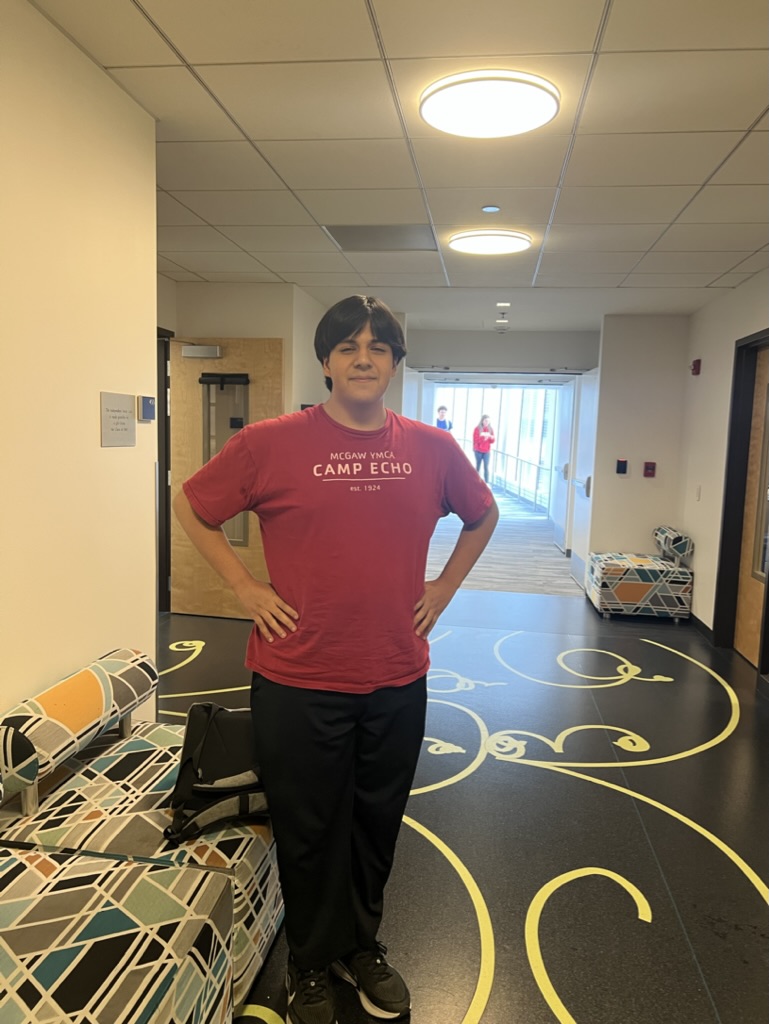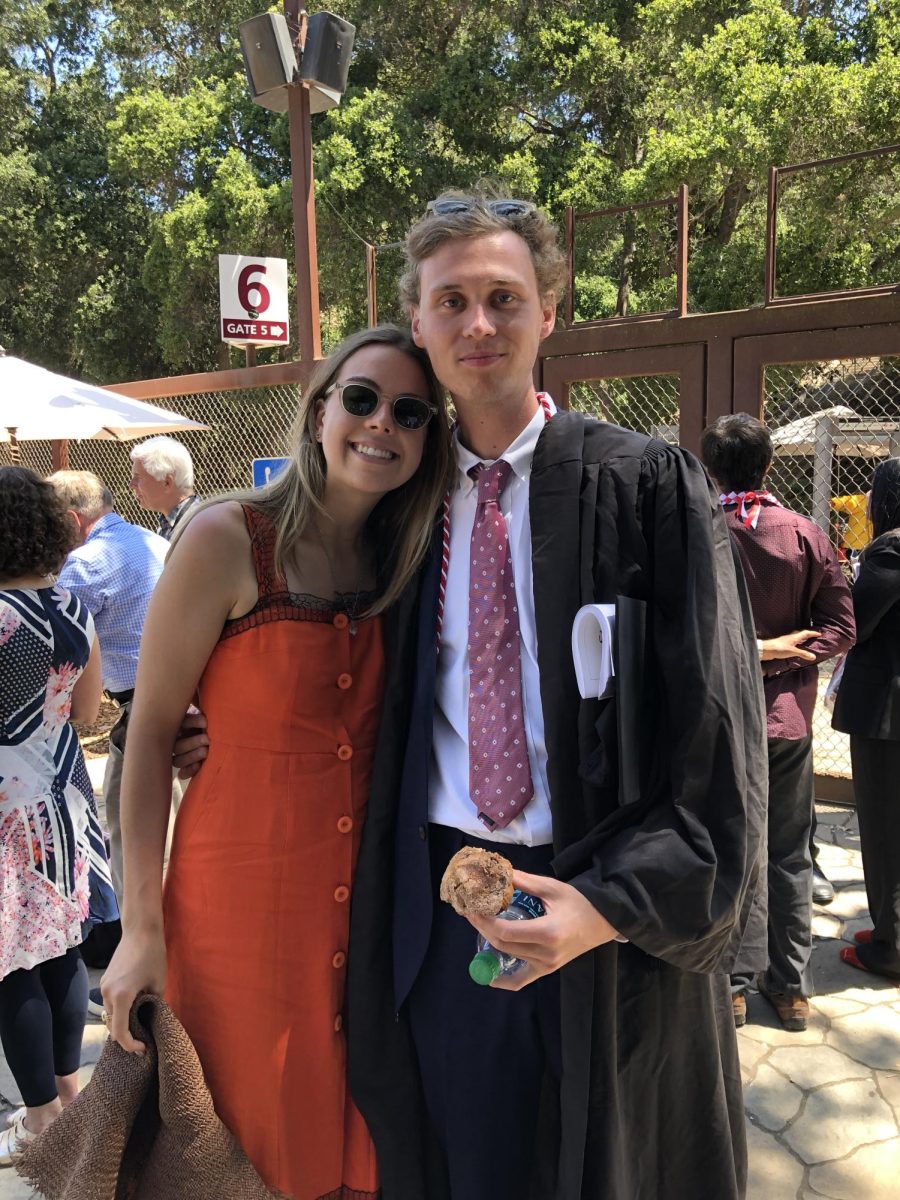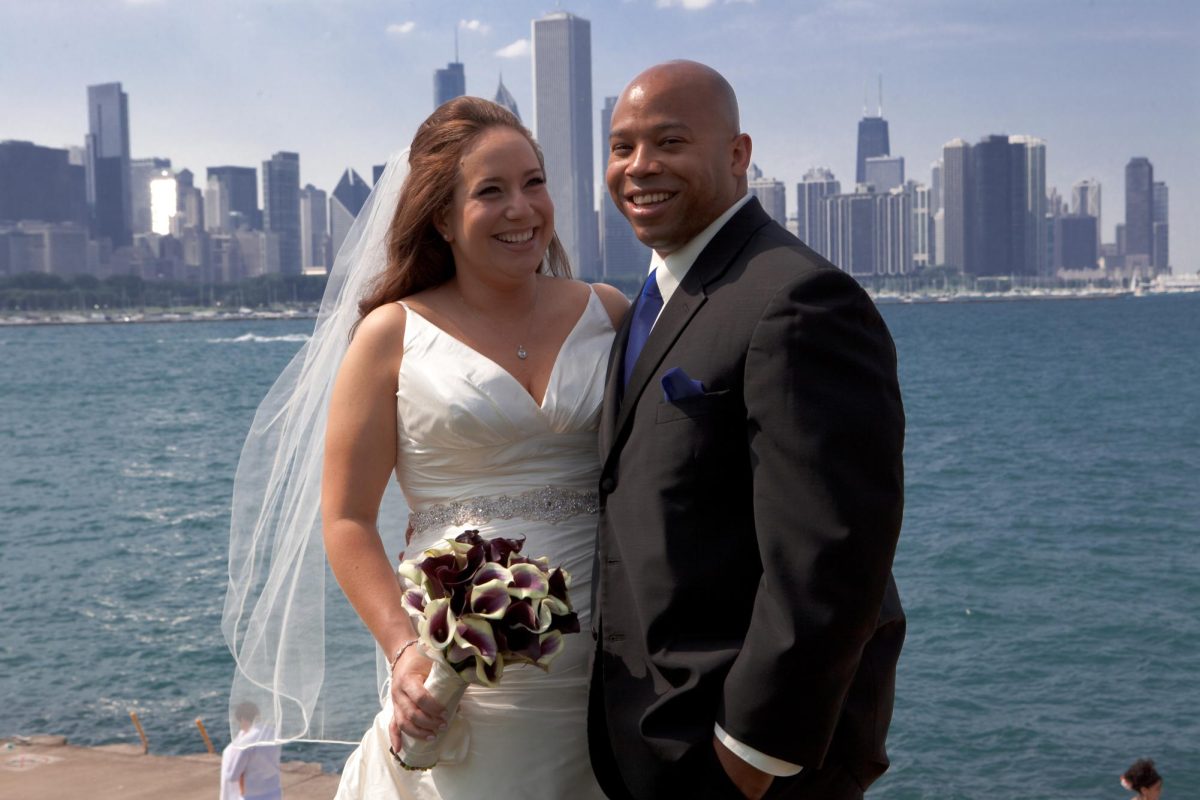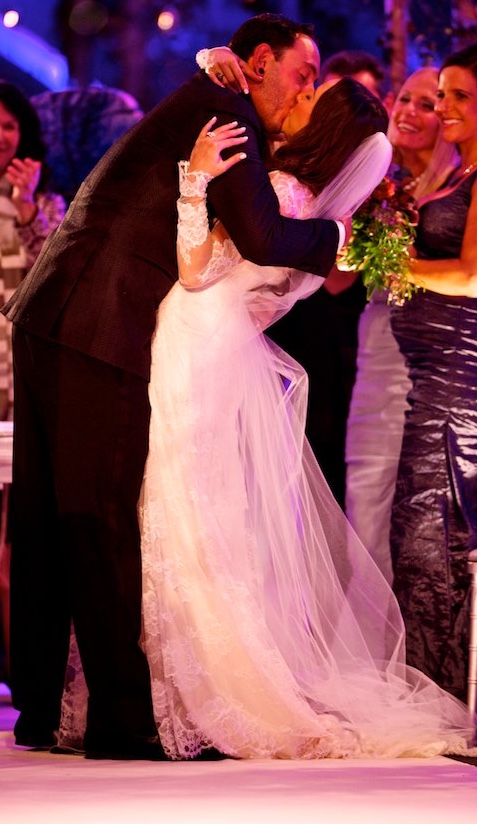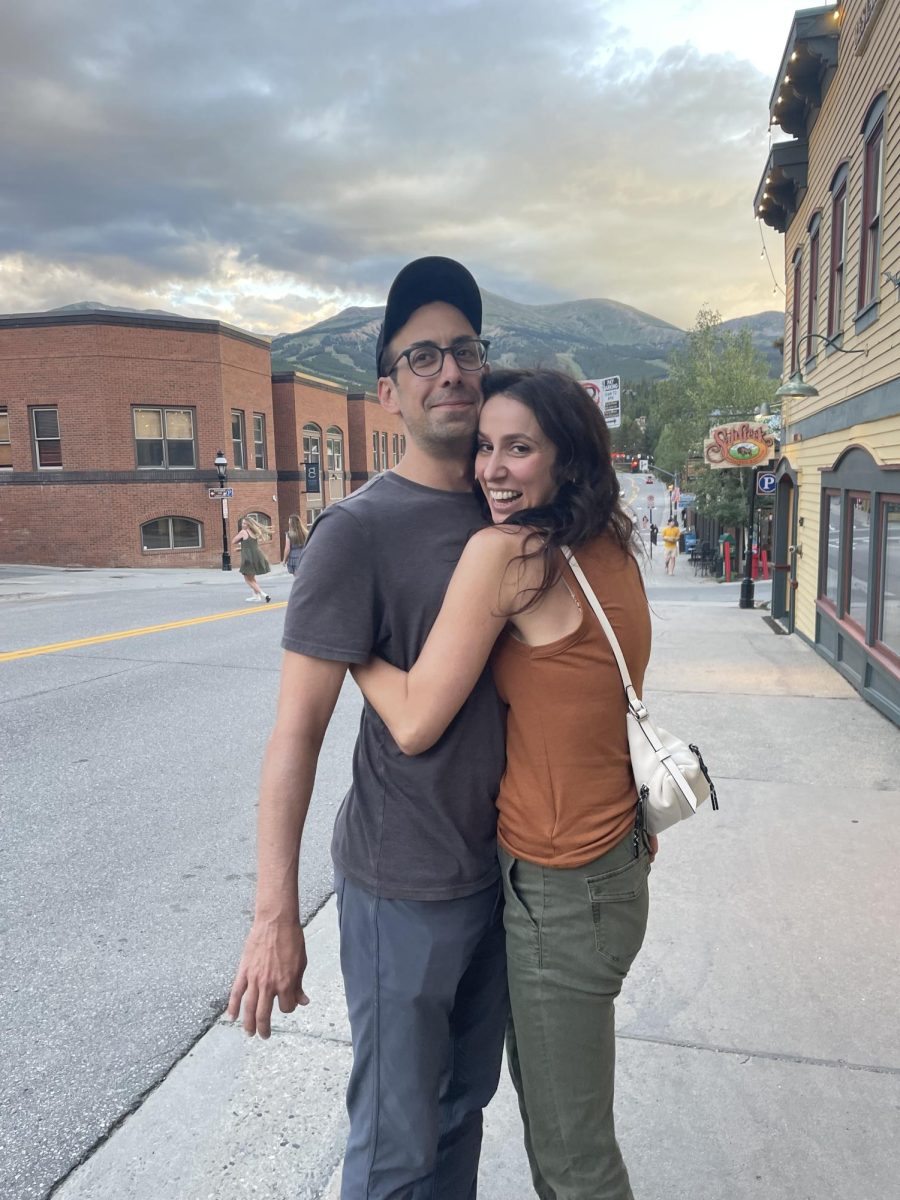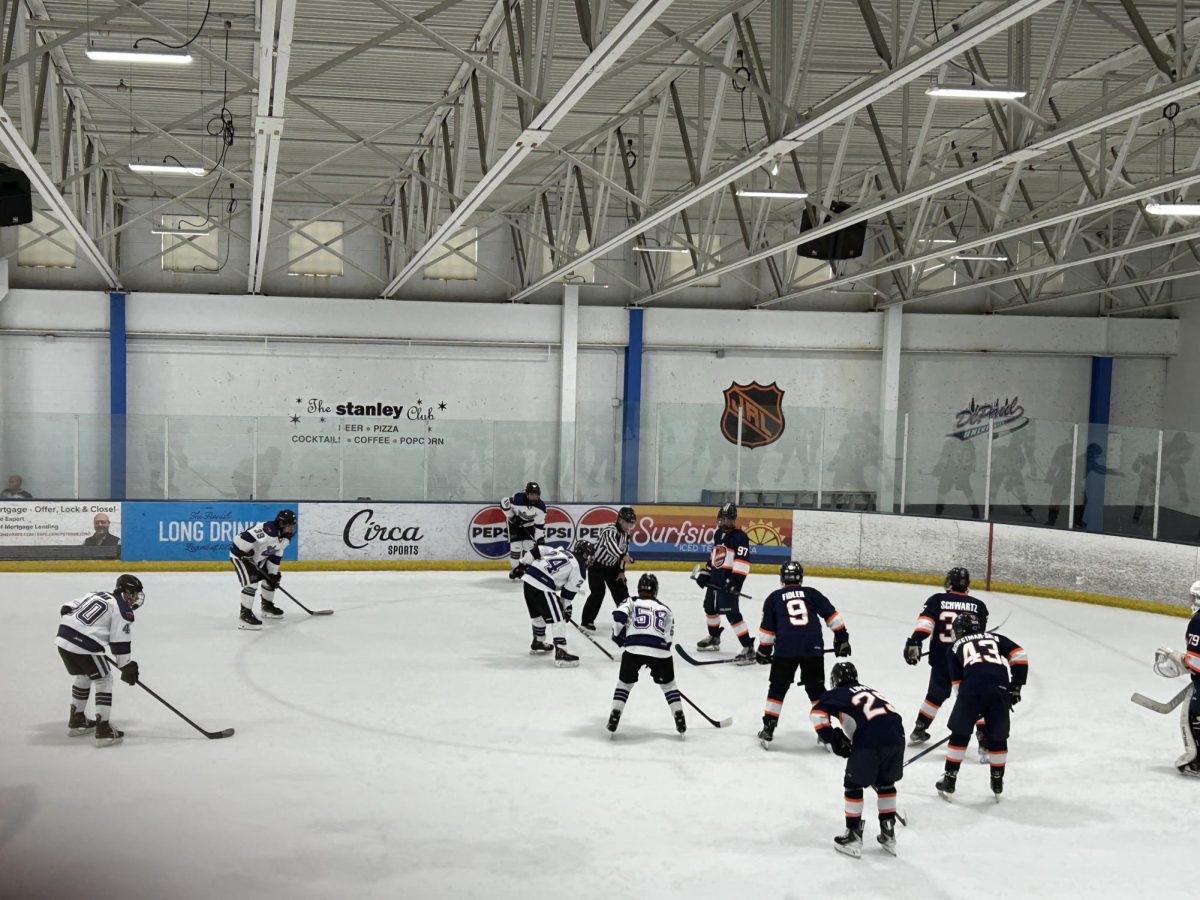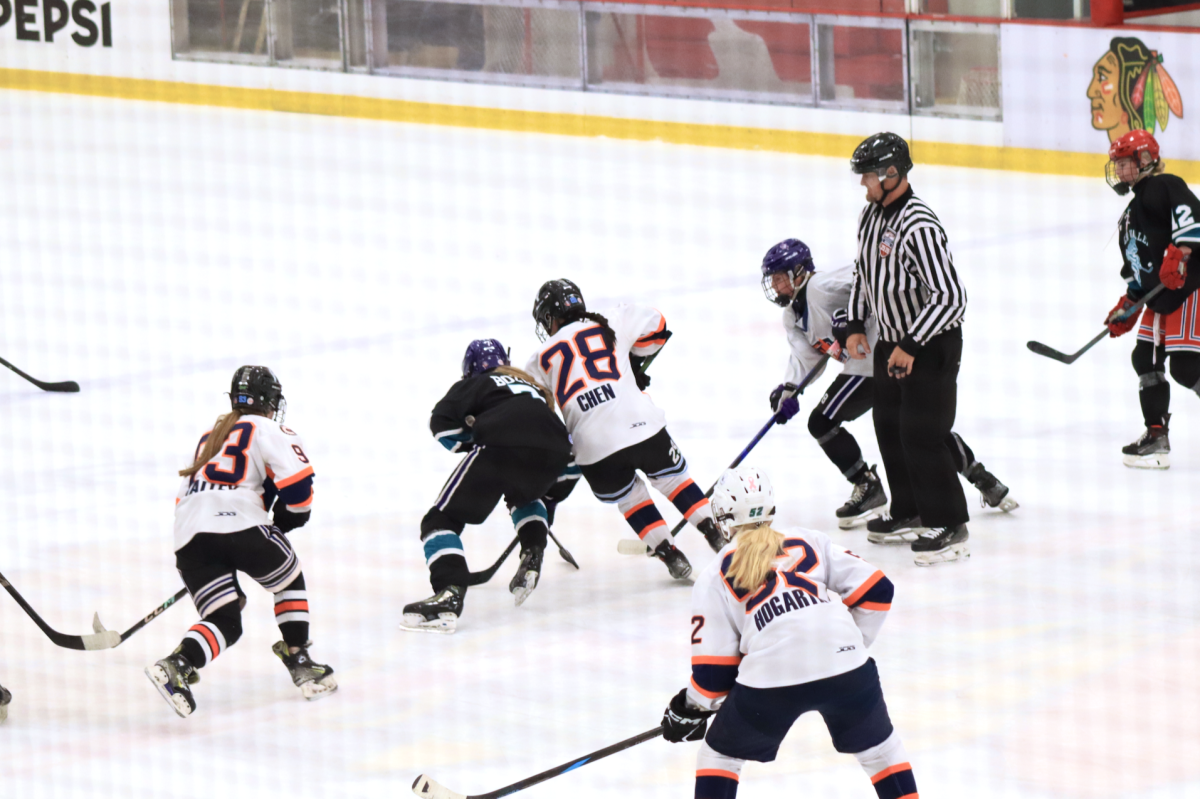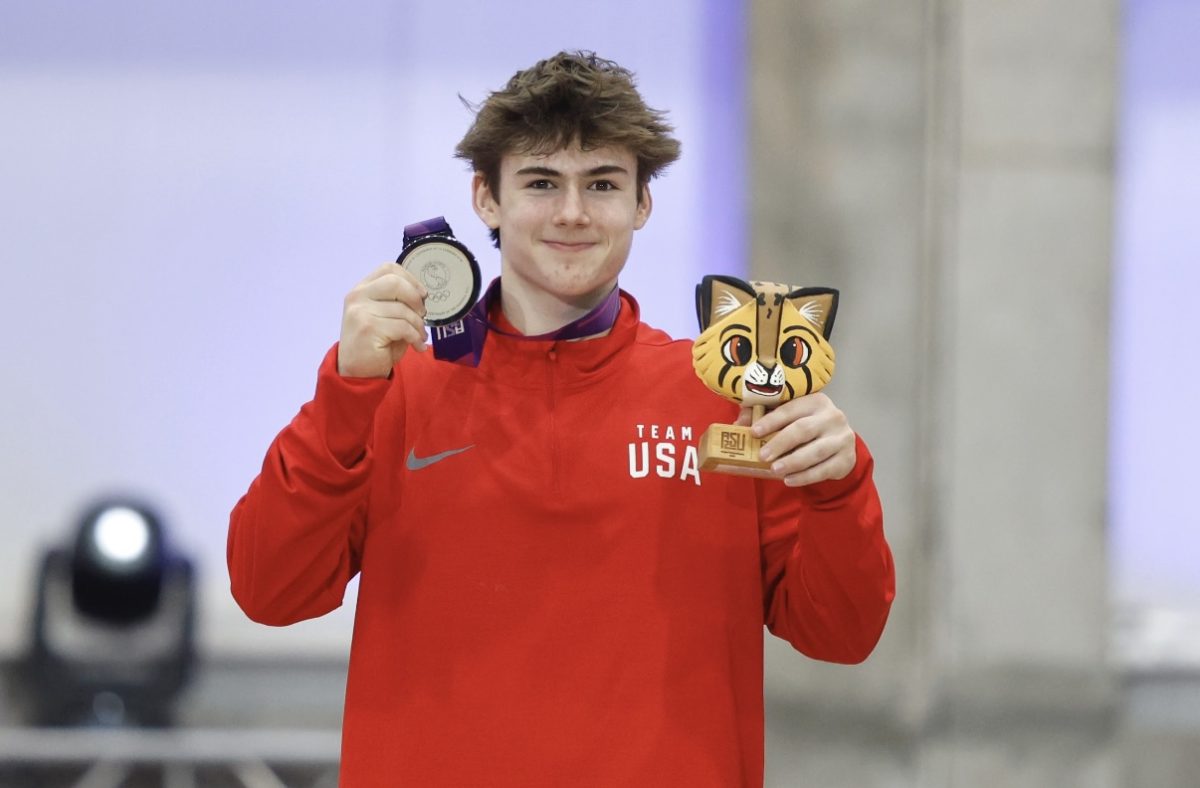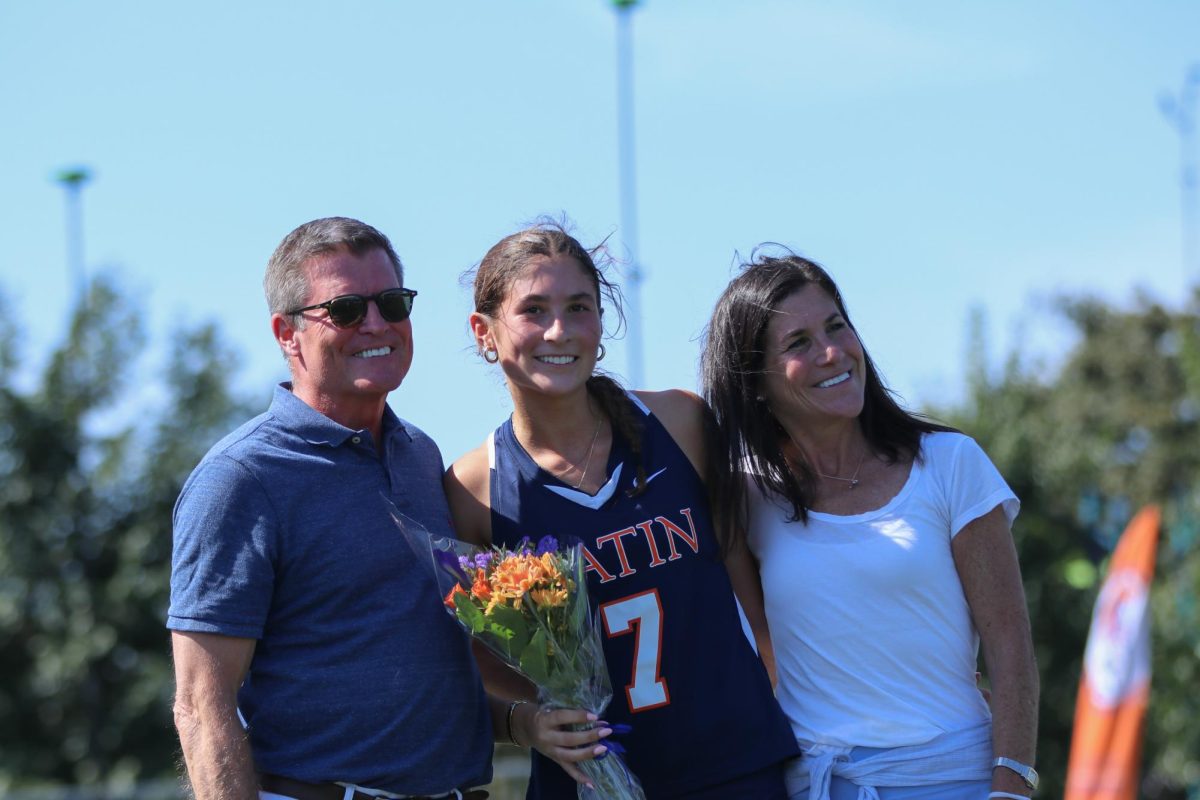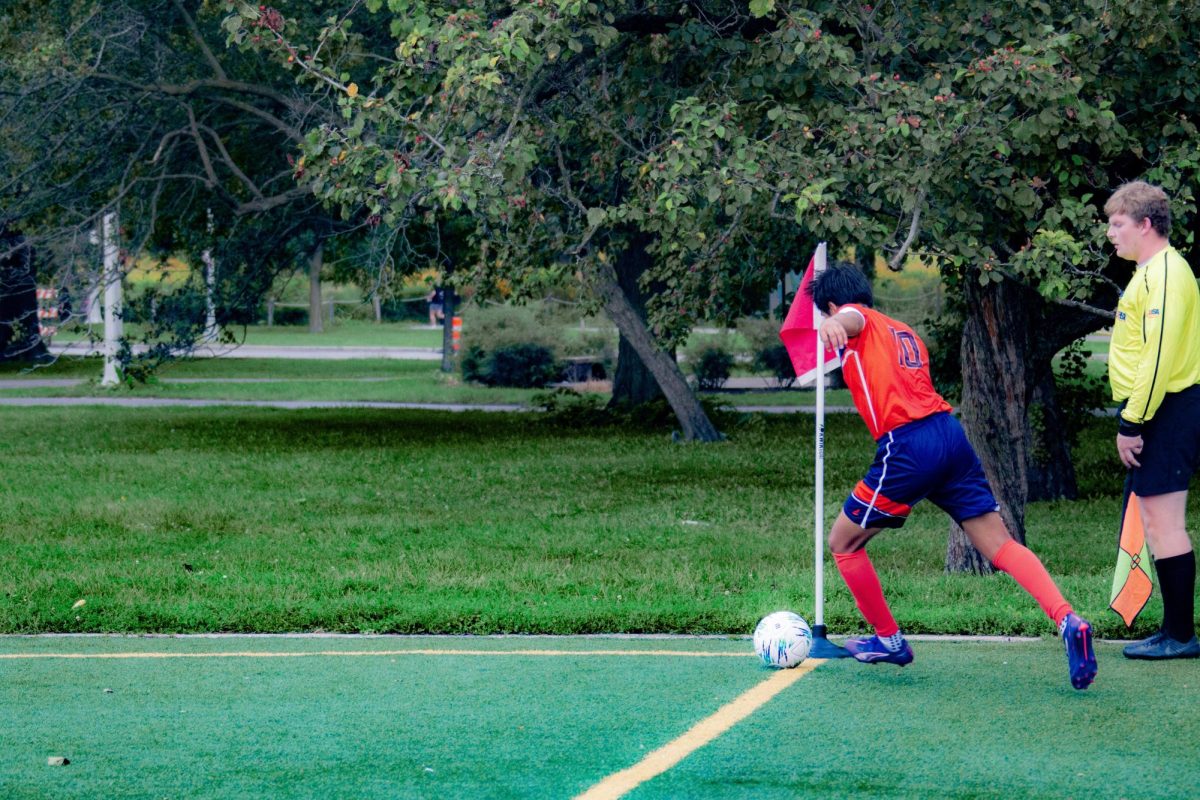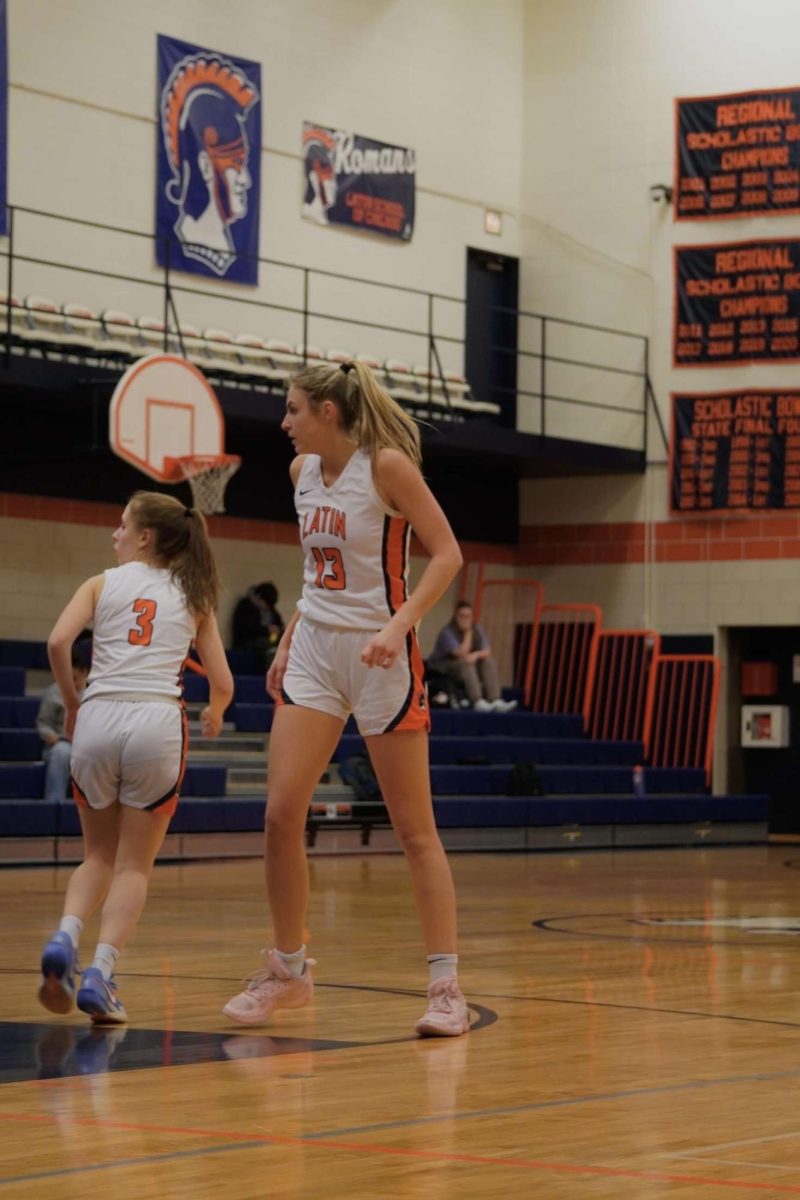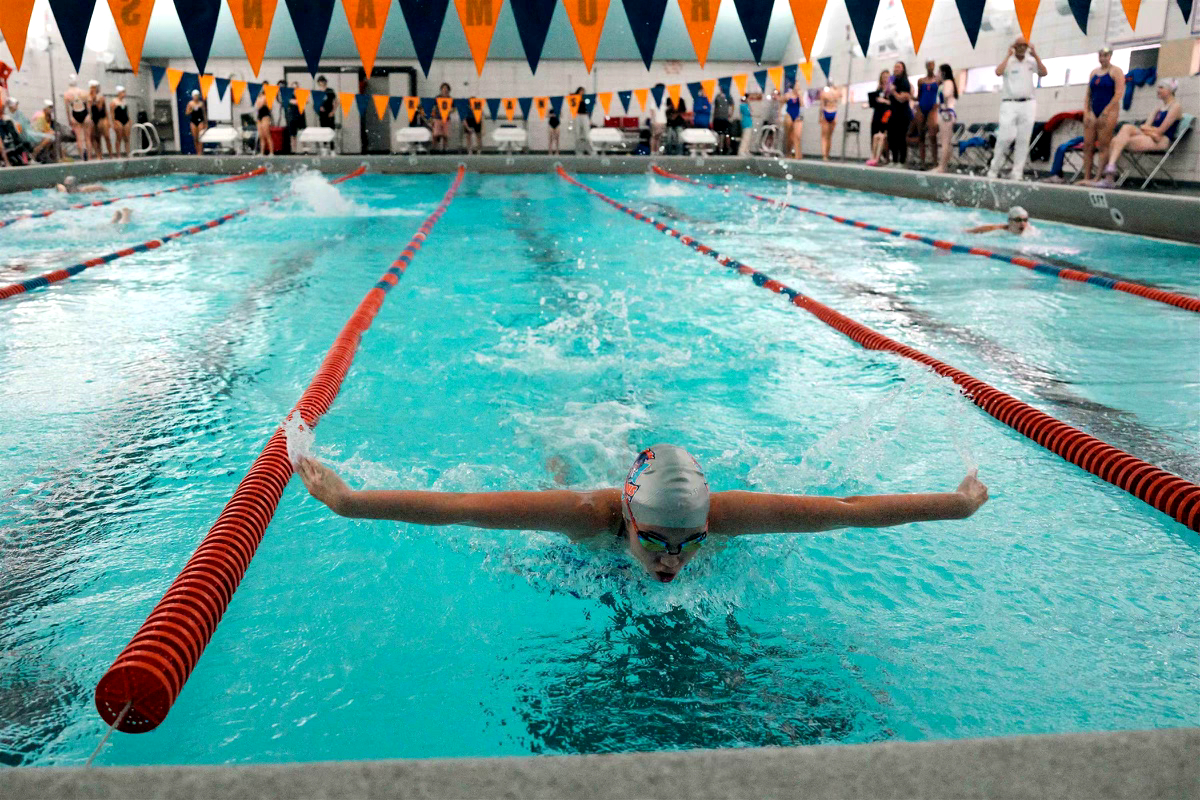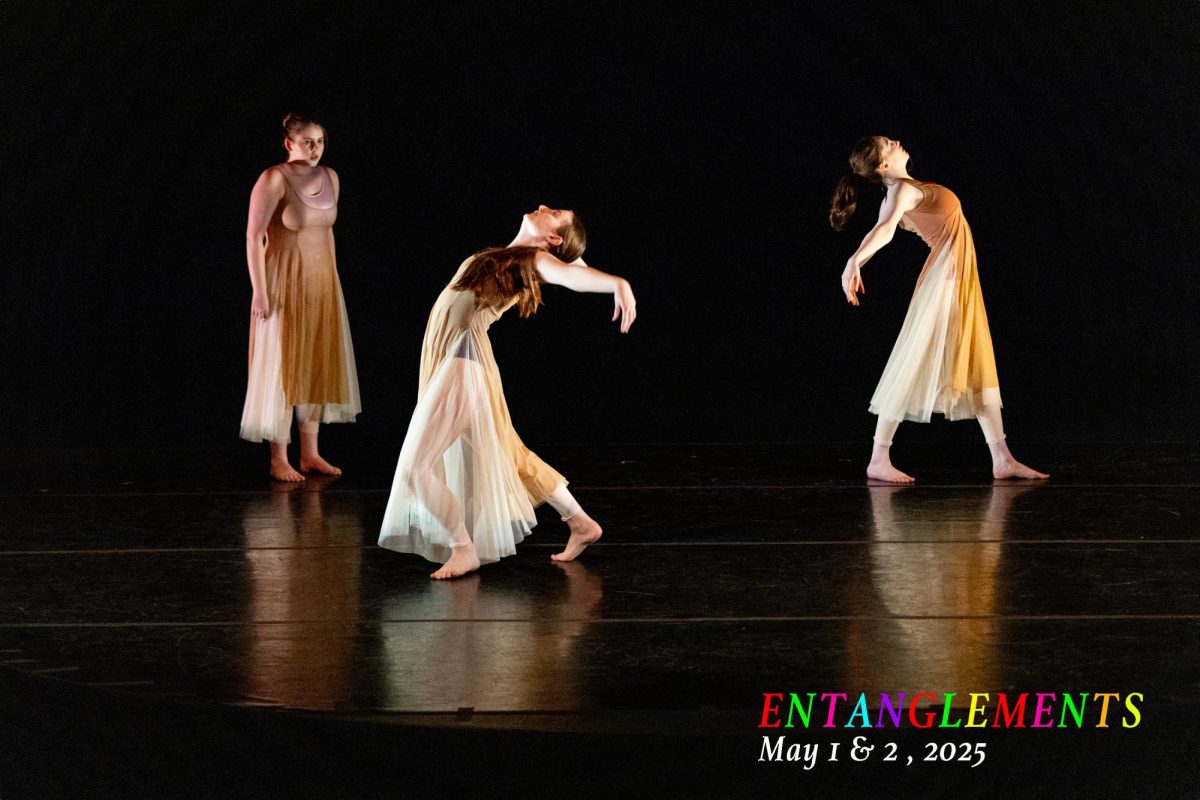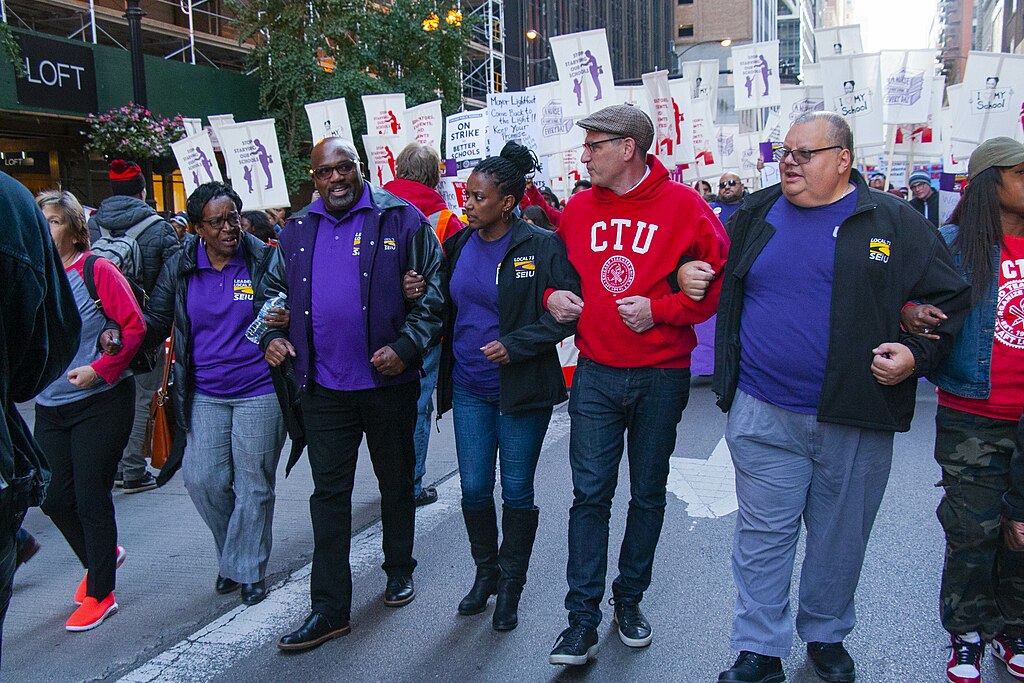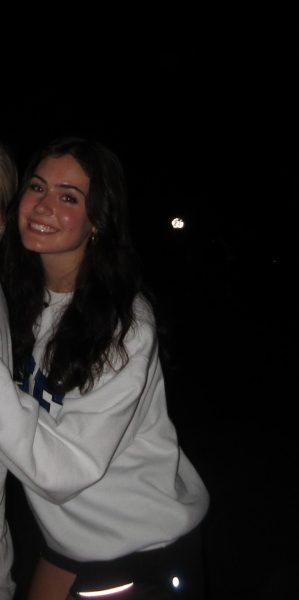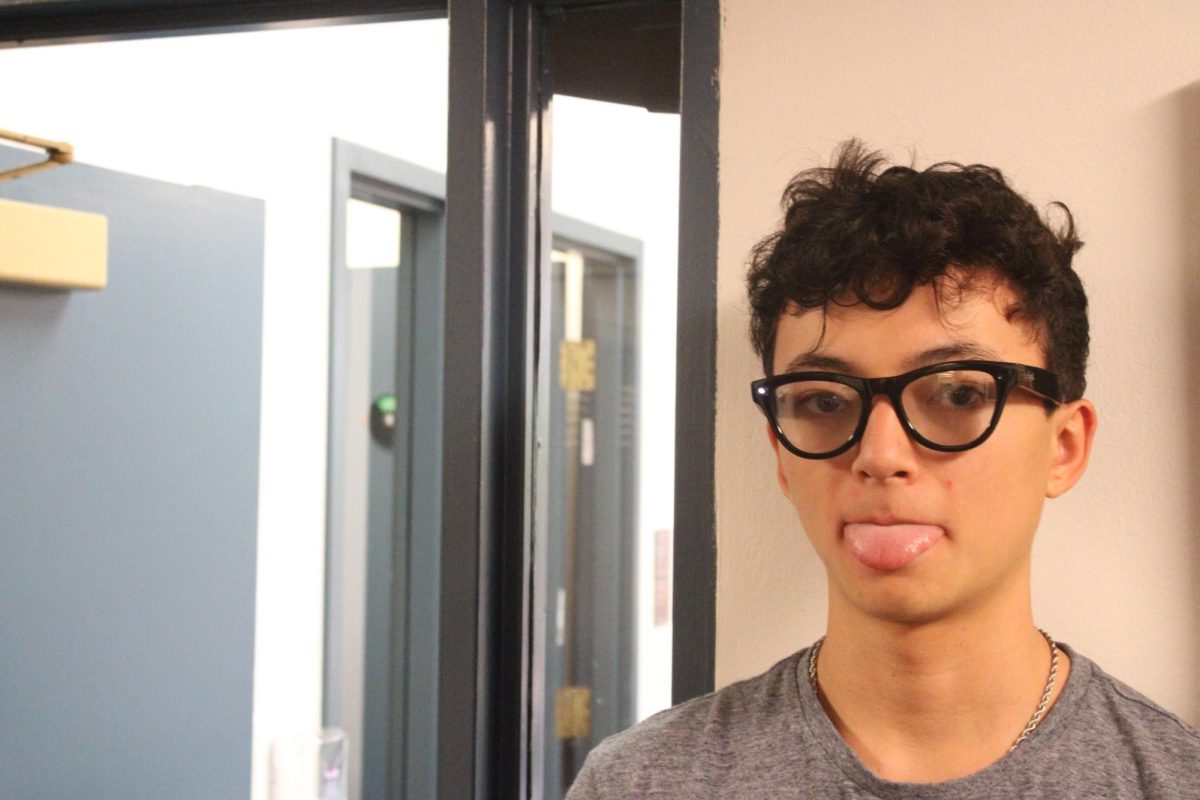Note: The names of CPS teachers and staff interviewed for this article have been omitted to protect anonymity and job security.
Continuing turmoil in the Chicago Public Schools (CPS) has caused many Latin students to reflect on the privilege of being at a private institution and to express sympathy with the greater Chicago community.
“About five years ago, I didn’t get to go to school for almost three weeks due to the teachers’ strike,” Latin sophomore Ani Mehta-Shah said. “I am now fortunate enough to not have to worry about that.”
“I have never attended a CPS school,” Latin sophomore Maddie Guelich said, “but I have a few friends who go, and I see the effect [the issues] have on them. My friends had no idea whether they were going to school or not [during strikes], and how long they were off for.”
While many students at Latin are thinking about CPS woes, engagement with outside issues may be limited for other students in this close-knit community.
Latin sophomore Landry Silvers, a former CPS student, said, “Many kids who grew up going to Latin are unaware of how different the education is from being at a public school. … Ever since I even transferred to Latin, I have become way less involved and knowledgeable on the current [CPS] issues.”
“Being at Latin, I don’t have to worry about strikes affecting my education,” sophomore Eliza Goldhaber added.
“I think that it would be great if our students were a little bit more involved with what is going on in CPS, since we have so many resources and we are so lucky,” Latin language teacher Elissabeth Legendre said. “It really is such a privilege to teach and learn here.”
CPS has avoided a strike, but in some respects, they have taken turmoil to new heights this school year.
Seven members of the CPS board stepped down from their positions in October amid disputes over governance, finances, potential school closures, and conflicts between Mayor Brandon Johnson and CPS CEO Pedro Martinez, who was recently fired.
Meanwhile, public school teachers in Chicago continue to work without a contract as CPS and the Chicago Teachers Union (CTU) remain unable to reach agreement after eight months of negotiations.
The CTU is advocating for higher pay, support for homeless students, and more art teachers. These asks, however, are costly, and CPS, which is underfunded by $1 billion, would struggle to afford such resources.
Teachers at Latin weighed in to extend admiration and support for CPS faculty and staff.
“The colleagues that I know that are teaching at CPS are amazing and are fighting to provide an amazing education for [their] students,” Ms. Legendre said.
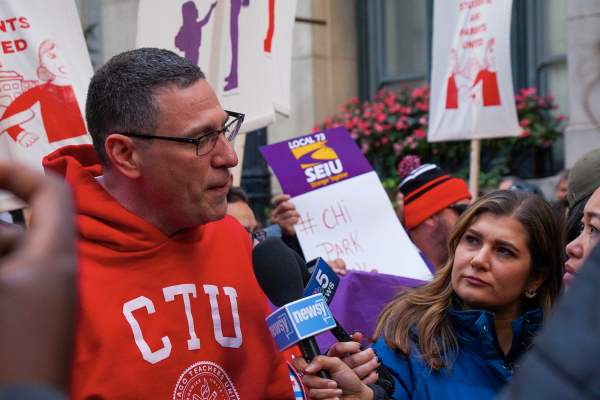
Latin School doesn’t have the size, complexity, or funding issues of CPS— Latin’s entire student population totals 1,189, as opposed to CPS’s enrollment of 325,305— but concerns over governance, decision-making, and compensation drove the Latin faculty in 2021 to unionize, joining peers Parker and U-High as independent schools in Chicago that have unions.
And while the current Latin School Union (LSU) contract contains a no-strike clause, the first few years of a unionized faculty have not been without conflict. The negotiations that led to the first collective bargaining agreement took a long time and were often tense. The union has at times been vocal and visible, holding a protest outside the school buildings on at least one occasion.
Ms Legendre, who serves as President of the Latin School Union (LSU), noted that the CTU has had an impact on Latin.
“What happens in the CTU definitely prompts conversations in the LSU,” she said. “[The CTU has] a really strong alliance with each other, and so it makes us reflect on how we can implement that into [our union].”
“Of course, we try to partner with the admin,” she noted, “because they have a perspective that I don’t necessarily have. I think we all want what’s best for students—how do we all work together to make sure that we can really provide what our students and families really want and deserve?”
Students in CPS schools are well aware of foundational issues within Chicago’s public school system.
Maddy DeRubertis, a senior at Lincoln Park High School, said, “The current dispute between Johnson and Martinez really highlights the challenge of fiscal responsibility and resource allocation, which shows the amount of disagreement and uncertainty within the CPS board.”
“These issues also bring other ones into light, like state funding or competing stakeholder priorities.”
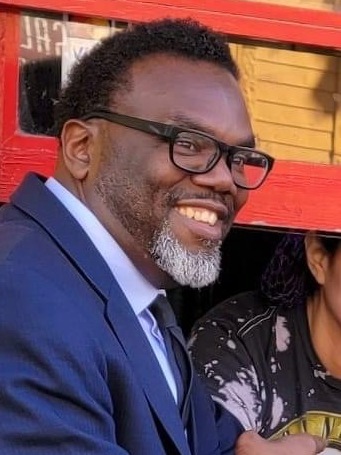
Conflicts in CPS undoubtedly have an adverse impact not just on students but also on teachers and parents.
A CPS elementary school principal said, “Political conflicts demoralize teachers, who may feel unsupported, and alienate parents, who might question the stability of the education their children receive. These tensions may also discourage innovative leaders from joining CPS.”
The recent tensions reveal issues about the future of CPS as an institution, on issues ranging from enrollment rates to teachers’ mental health.
“Many CPS schools are seriously understaffed, and teacher burnout rate seems to be at an all-time high,” one CPS elementary school teacher said. “Also, CPS is dropping in enrollment, with more families opting for private or parochial [religious] schools, or making the move to the suburbs. Honestly, while I am hopeful that CPS will move in a positive direction, I feel very uncertain about where CPS will be in five years.”
Still, CPS is making a historic shift by incorporating more voices into the leadership and highlighting the importance of student involvement, and CPS teachers reiterate their dedication to education and teaching their students.
The elementary school teacher said, “I feel so fortunate to work in a school that has a dedicated and supportive administration, a parent body that is involved and generous in giving their time and resources, and students who, for the most part, are really happy and excited to come to school each day.”

